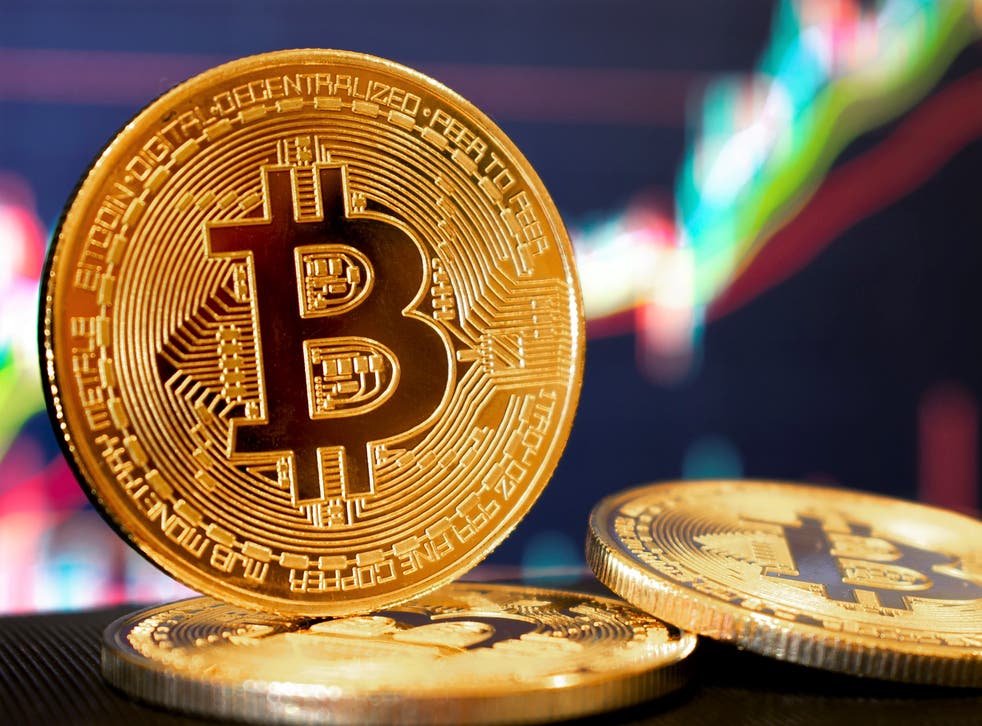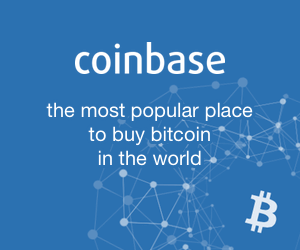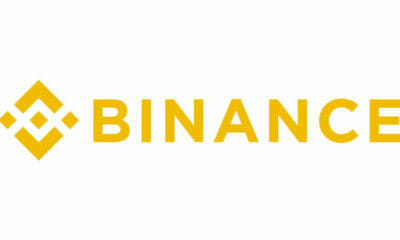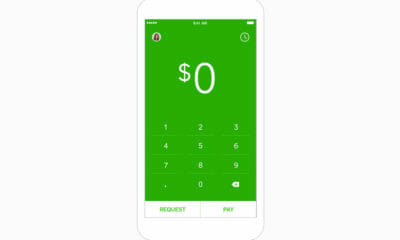Bitcoin, the largest digital currency by market valuations, traded slightly at this writing Monday, laboring above the $9,300 area. Some cryptocurrency market observers believe that if the king of digital currencies can breakthrough the psychologically important $10,000, exciting levels could be on the way.
“From a technical standpoint, there is some resistance that will put the asset [bitcoin] to the test,” wrote Naeem Aslam, chief market analyst at Think Markets U.K., reports MarketWatch. “But a move above $10K could be very explosive and that would open the floor towards the $15K mark.”
While bitcoin still has plenty of detractors, Aslam’s forecast is the latest in a string of bull calls on bitcoin. For example, some crypto market participants believe bitcoin can rise to $20,000 or even $25,000 before the end of this year.
From $9,300, bitcoin would need to surge more than 61% to reach the $15,000 mark.
An Impressive Run
Bitcoin’s recent run is undoubtedly impressive. On April 5th, the digital currency’s market capitalization was $113.55 billion, but at this writing Monday, that number was $158.92 billion. Bitcoin’s market value is more than double that of the second-largest cyrptocurrency ethereum. Detractors would note that bitcoin would still need to more than double just to reclaim its December peak around $20,000.
Recently, the 17 millionth bitcoin was mined, meaning there are just 4 million of the coins left to be mined. However, that is not worrisome because, at the current mining rate, it will take over a century for the remaining 4 million bitcoins to be mined.
“In the long-term, the digital currency has had an exponential growth but also presented important downturns. There is decent likelihood that the currency could stabilize between 7’000 – 12’000 in 2018. Bitcoin is trading slightly above its 200 DMA (8000 range),” according to FXStreet.
Bitcoin prices labored around $7,000 on April 1st, meaning the digital currency gained about 30% in the fourth month of the year.




















